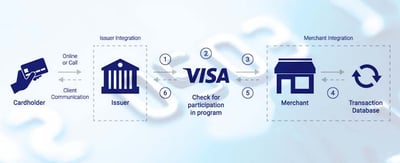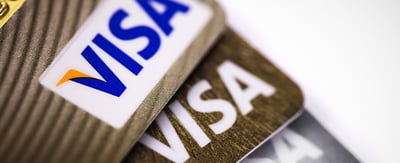
How to Prevent MOTO Chargebacks
By Chris Alarie on Jan 12, 2022
It may seem nostalgic, even anachronistic, in the era of online purchases to think that people still order products over the telephone but it does still happen. People purchase mail order items over the phone every day. These sorts of purchases are part of a category of transactions known as MOTO.
What Is MOTO?
MOTO stands for Mail Order/Telephone Order. It refers to orders that arrive via telephone calls, e-mail, fax, or physical mail and are paid by credit card. It is a type of card-not-present (CNP) transaction, distinct from online purchases.
There are plenty of good reasons for merchants to offer MOTO transactions to consumers. In particular, it can be a valuable way to reach consumers who are older or not tech savvy for one reason or another. But MOTO brings distinct risks for merchants, as well.
Because MOTO transactions are CNP transactions, consumers can’t provide a signature or PIN to prove their identity. As a result, MOTO transactions have a high risk for fraud and chargebacks.
Why Is MOTO a High Risk for Chargebacks?
Any sort of CNP transaction is necessarily going to carry higher risks of fraud than a card-present transaction. But online transactions have a number of technological methods for verifying a purchaser’s identity that lessen the risks of fraud. MOTO transactions generally do not have as many or as effective identity verification procedures. Moreover, because they are not considered “electronic” payments, MOTO transactions are not subject to the same regulations that require those sorts of procedures.
The problem of poor ID procedures leading to more fraud compounds itself because those same lax ID requirements make it more difficult for merchants to dispute chargebacks. If a merchant does not have clear documentation of proper ID, as is common with MOTO transactions, it makes a chargeback dispute much more difficult to win. This is true regardless of whether the chargeback results from true fraud, friendly fraud, or some other sort of mistake.
Moreover, fees for MOTO transactions tend to be higher than those associated with card-present transactions and online transactions. This includes things such as restitution charges as well as processing fees.
How to Reduce Fraud and Chargebacks
A solid plan for preventing frequent chargebacks necessitates being able to anticipate everything from innocent mistakes to intentional fraud. While no merchant can prevent every confused customer or stop every bad actor, there are a number of best practices that will put you in a better position to reduce the number of chargeback requests you receive from MOTO transactions.
One of the most important practices is to regularly be communicative with your consumers. Make sure that you set clear expectations at the outset of the consumer enrolling in your service. Make sure they know what to expect, both in terms of services/goods provided and billing procedures.
If you make any changes or adjustments to your service deliveries or billing procedures, be sure that your consumers are aware of it. It is in your best interest to disclose all fees.
It is also important to protect yourself. Make sure that you require consumers to read and agree to all of your terms and conditions before you bill them.
Be sure to make use of whatever sorts of anti-fraud tools may be available to you. While MOTO necessarily has fewer ID verification methods than online transactions, there are still tools that you can use such as an address verification service (AVS) or requiring consumers to provide their card verification value (CVV) or card verification code (CVC).
It is also a good idea to make it easy for consumers to contact you if you have any questions. Make your customer service contact information available in as many places as possible.


